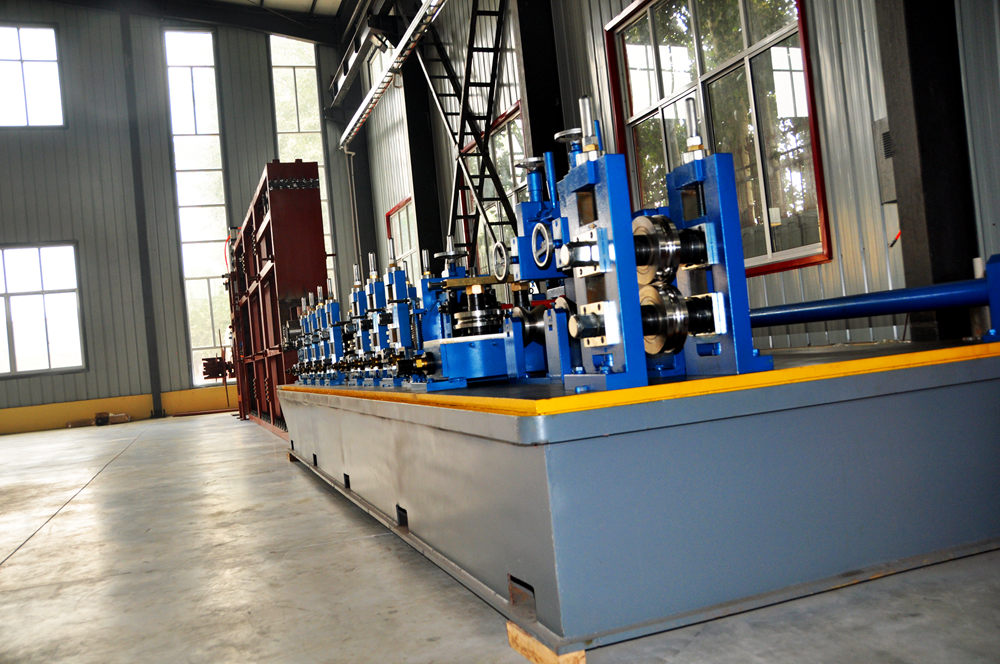
Truss Mesh Reinforcement An Innovative Approach in Structural Engineering
Truss mesh reinforcement is emerging as a pivotal technique in the field of structural engineering, providing superior performance and durability in construction. This innovative method combines the benefits of traditional reinforcement techniques with advanced design principles, resulting in structures that are not only robust but also efficient in material use.
Understanding Truss Mesh Reinforcement
At its core, truss mesh reinforcement involves the use of interconnected trusses to form a mesh-like structure that supports concrete and other materials. These trusses are typically made from high-strength steel, designed to bear and distribute loads uniformly across a surface. The geometry of the truss design allows for an efficient transfer of stress, reducing the likelihood of localized failure and enhancing the overall strength of the member.
The truss mesh can be prefabricated, which allows for easy installation on-site, minimizing labor costs and construction time. This prefabrication capability means that the components can be made in a controlled environment, leading to improved quality and consistency compared to traditional reinforcement solutions.
Benefits of Truss Mesh Reinforcement
1. Enhanced Structural Integrity One of the primary advantages of truss mesh reinforcement is its ability to enhance the structural integrity of concrete elements. The interconnected design helps distribute loads more evenly, minimizing stress concentrations that could lead to cracking or failure.
2. Lighter Weight Compared to conventional reinforcement methods, truss mesh systems can be significantly lighter, which decreases the overall weight of the structure. This reduction in weight can lead to lower material costs and a decrease in the amount of concrete required, promoting sustainability in construction.
3. Improved Flexibility The modular nature of truss mesh allows for greater flexibility in design and application. Engineers can adapt the truss configuration to meet specific load requirements or architectural demands, making it a versatile option for various construction projects.
4. Ease of Installation The prefabricated components of truss mesh systems simplify the installation process. Less labor is required on-site to arrange and fasten the mesh, leading to quicker construction timelines and increased efficiency.

Applications of Truss Mesh Reinforcement
Truss mesh reinforcement is well-suited for a wide range of applications, including
- Slabs and Decks It is particularly effective for reinforcing slabs in commercial and industrial buildings where large spans are necessary. The truss mesh can accommodate various load conditions while maintaining a thin profile.
- Bridges and Overpasses The lightweight characteristics of truss mesh reinforcement make it ideal for use in bridge construction, where a reduction in dead load is crucial.
- Foundation Systems In foundation applications, truss mesh helps in distributing loads from superstructures more evenly, providing additional support against settling and shifting.
- Precast Concrete Products The adaptability of truss mesh systems makes them an attractive option for precast concrete elements, ensuring that these components achieve the required strength and stability.
Conclusion
As the construction industry continues to seek innovative solutions to meet increasing demands for efficiency and sustainability, truss mesh reinforcement offers a promising avenue. It enhances the durability and integrity of structural elements while providing economic benefits through reduced material usage and labor costs. By incorporating truss mesh systems into modern construction practices, engineers and architects can create safer, more efficient structures that are built to withstand the test of time. As technology advances, the potential applications and benefits of truss mesh reinforcement will likely expand, solidifying its place as a cornerstone in future structural engineering projects.